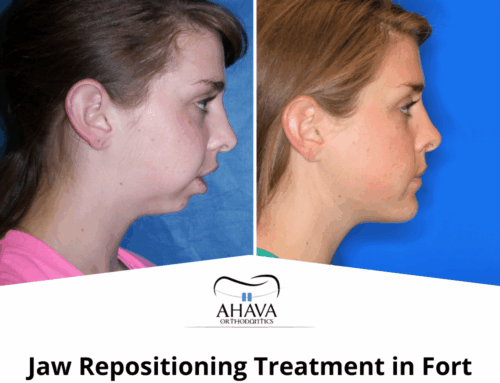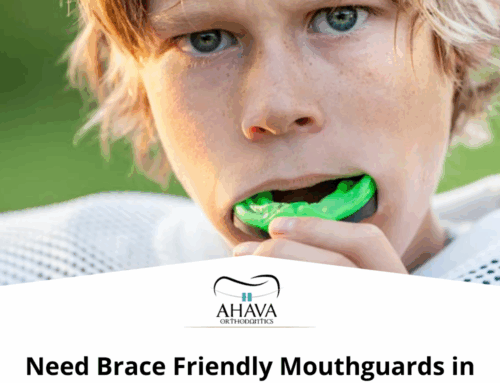Early orthodontic evaluations can help identify and address potential issues before they become more severe, potentially reducing the need for extensive treatment later on.
Determining the optimal time for a child to receive braces is a common concern among parents. While each child’s dental development is unique, there are general guidelines that can help in making this decision.
The Ideal Age for Braces
Most orthodontists recommend that children have their first evaluation around age 7. At this age, a child typically has a mix of baby teeth and permanent teeth. This early visit doesn’t mean braces are needed right away—but it gives the orthodontist an opportunity to assess how the teeth and jaws are developing and determine if early intervention is necessary.
The actual placement of braces typically happens between the ages of 10 and 14. This is considered the ideal window because most of the permanent teeth have erupted, and the jaw is still growing. These developmental factors make it easier to correct misalignment, guide jaw growth, and achieve results that last a lifetime. Braces applied during this stage are generally more effective and can shorten treatment time compared to waiting until later.
Starting orthodontic treatment at the right time may also reduce the risk of more severe alignment or bite problems in the future. In many cases, early monitoring helps an orthodontist create a treatment plan that avoids more complex procedures or even surgery later on.

Signs Your Child May Need Braces
Some children show clear signs early on that they may benefit from orthodontic care. Parents should keep an eye out for common red flags such as:
-
Crowded, crooked, or overlapping teeth
-
Difficulty chewing or biting
-
Early or late loss of baby teeth
-
Mouth breathing or frequent snoring
-
Thumb sucking past age 5
-
Protruding front teeth
-
Teeth that don’t meet properly or at all
-
Jaws that shift or make clicking sounds
These issues can often be detected before all permanent teeth have erupted. If you notice any of these concerns, it’s worth scheduling a consultation to get a professional evaluation and avoid complications down the road.
The Importance of Early Evaluation
Even if your child’s smile appears straight, early orthodontic evaluations offer benefits beyond appearance. Monitoring jaw development and the position of incoming adult teeth can reveal potential issues that might not be obvious to parents. Early evaluations help orthodontists spot growth discrepancies, crossbites, overbites, underbites, or space problems before they escalate.
An orthodontist might recommend early treatment if there’s a problem that could worsen without intervention. This could include appliances to guide jaw growth, create space for erupting teeth, or correct harmful oral habits. Known as Phase I treatment, these measures are not braces in the traditional sense, but they lay the groundwork for smoother, more effective orthodontic treatment later on.
What Happens If You Wait Too Long?
Delaying braces can mean more invasive treatment in the future. Once the jaw has finished growing, moving teeth into the right position becomes more complex and often takes longer. Adults and older teens may also need extractions or jaw surgery for issues that could have been addressed with early orthodontic care.
That said, it’s never too late for braces, and orthodontic treatment is highly effective at any age. But when it comes to children, starting at the right time can make the process easier, less costly, and more comfortable.
At Ahava Orthodontics in Fort Worth, Dr. Andy and Dr. Shawne Barron specialize in evaluating children’s dental development and offering trusted guidance to parents about when—and if—braces are needed. With decades of experience and a family-friendly approach, we’re here to make your child’s orthodontic journey as smooth and successful as possible.
If your child is approaching age 7 or showing signs of potential alignment issues, schedule an early evaluation. A simple consultation today can make a big difference in your child’s smile tomorrow.




